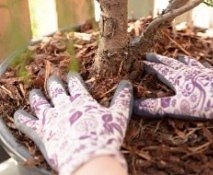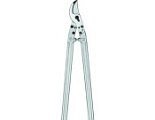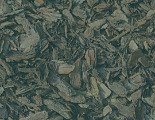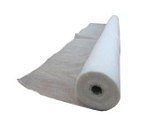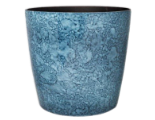
Winter Gardening Guide
5 Minute Read
Not all winter gardening jobs mean you need to brave the winter weather outside to get ahead, even on the coldest of days there are plenty of jobs you can do wrapped up warm from the comfort of your own home.Winter is all about keeping on top of jobs like winter weeding, tidying, pruning and planning ahead, thankfully activities such as planning and ordering seeds to plant can be done while curled up on the sofa with a warm cuppa in one hand and a seed catalogue in the other.
Here are some of the most important winter gardening jobs you need to get done this season.
Here are some of the most important winter gardening jobs you need to get done this season.
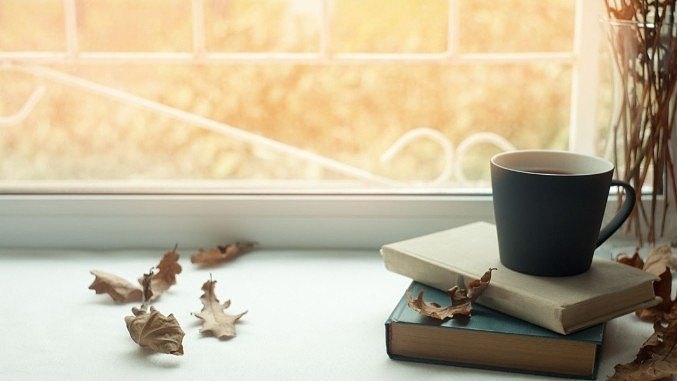
Keep the garden tidy
Keeping lawn edging trimmed and styled is a quick and easy way of keeping your garden looking neat. It's also a great time to give your shed, greenhouse or potting station a tidy up and to give patios and decking a good clean; you will be thankful for tackling these issues now as opposed to in spring!
Top tips for keeping the garden neat and tidy in winter:
- Avoid walking on frosty grass during autumn and winter - this can damage your lawn during its dormancy.
- Aerate your lawn in autumn and winter (avoid doing this during extremely frosty or cold weather) to avoid compaction and to ensure the soil doesn't dry out.
- Keep gutters and drains clear of fallen leaves and debris, ensure all leaves are checked for disease and disposed of appropriately.
- Wrap non-hardy plants during frosty weather with a durable frost protection fleece.

Pruning trees & shrubs
The benefits of pruning in winter means you reduce the risk of wounds and diseases. It's also far easier to get an idea of the overall structure of a plant and where you can make some vital cuts. To ensure the best possible results, always use the right tools for the job and ensure they are regularly maintained and cleaned.
Different plants require pruning at specific times of year. It's worth checking before making any cuts. For more information on pruning and shaping, see below.
Different plants require pruning at specific times of year. It's worth checking before making any cuts. For more information on pruning and shaping, see below.
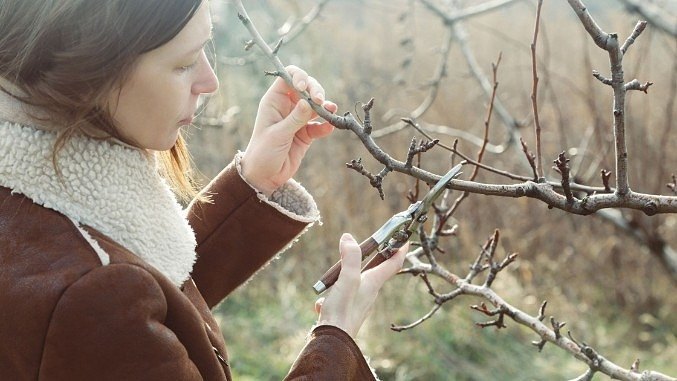
Maintaining and looking after tools
To achieve the best results, you need the right tools. Blunt edges, dull spades and broken tools can damage plants, make gardening more of a chore and result in injuries if not properly maintained.
• On days when you can't get stuck into gardening, it's worth taking the time to maintain and clean all equipment so that once spring is here, you're ready to go!
• Now is also a great time to service your lawn mower if you have one. There are plenty of business who can help with this too.
• Sharpening your secateur blades now ensures that your hand tools are in tip top condition for spring gardening.
• On days when you can't get stuck into gardening, it's worth taking the time to maintain and clean all equipment so that once spring is here, you're ready to go!
• Now is also a great time to service your lawn mower if you have one. There are plenty of business who can help with this too.
• Sharpening your secateur blades now ensures that your hand tools are in tip top condition for spring gardening.
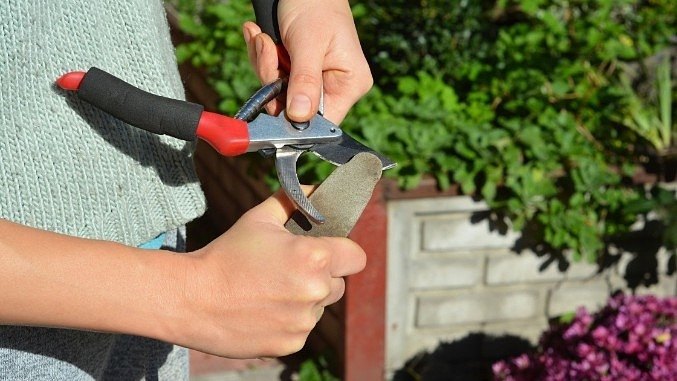
Dust off your seed catalogues and get planning
Take note of which plants you enjoyed growing in the warmer seasons and which did well in the garden, look at the different areas that could use some TLC; consider planting locations and combinations for next spring into summer.
Perhaps next spring you would prefer to grow more veg to cook for your family, grow flowers for friends, or create a space that encourages more wildlife and focuses on eco friendly practices. A bit of careful planning now means you can get ahead in spring!
Perhaps next spring you would prefer to grow more veg to cook for your family, grow flowers for friends, or create a space that encourages more wildlife and focuses on eco friendly practices. A bit of careful planning now means you can get ahead in spring!
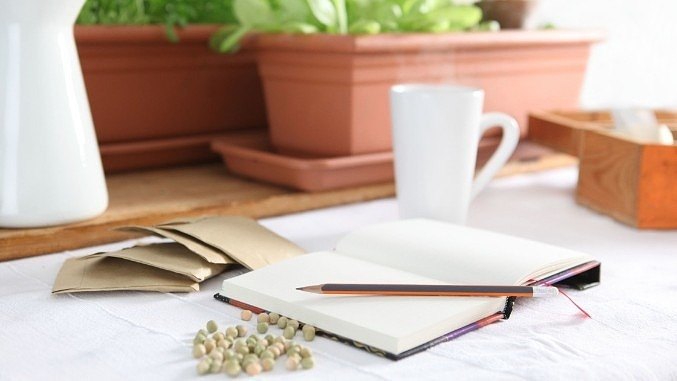
Mulching
Mulch is made from organic material such as bark, wood chippings or straw, is biodegradable and will improve your soil over time. There are many different uses for mulch, from suppressing weed growth to ensuring valuable moisture is retained within the plant root zone, while some help to deter pests.
Bark mulch: Bark mulch is the most popular method of biodegradable mulching.
Hardwood bark is best used in perennial beds. While, Softwood bark is best used around larger trees and shrubs.
Straw mulch: Straw mulch is a great biodegradable alternative to bark mulch, has the additional benefit of being a slug and snail deterrent.
Hardwood bark is best used in perennial beds. While, Softwood bark is best used around larger trees and shrubs.
Straw mulch: Straw mulch is a great biodegradable alternative to bark mulch, has the additional benefit of being a slug and snail deterrent.
Mulch is best used as a dressing around plants and across beds at a rate of 2-3inches thick over moist, weeded soil that isn't frozen.
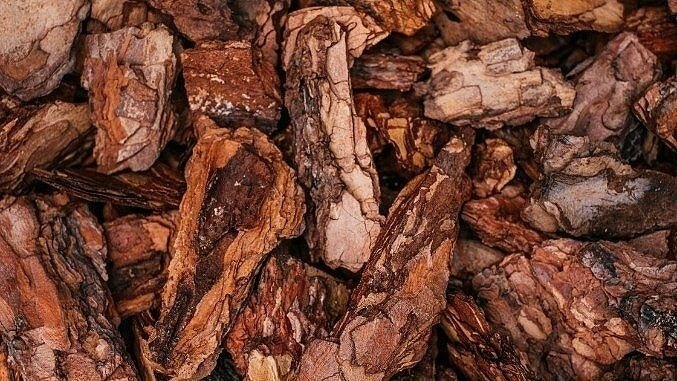
Winter gardening guides
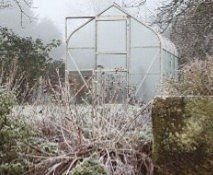
December gardening jobs
December is a good month in the garden for maintenance, there can be some beautiful clear and crisp days, so make the most of them when they are here!find out more
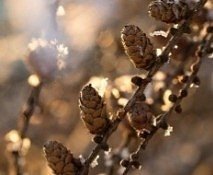
January gardening jobs
Welcome to January, from now on the days will start to get longer and you and your garden will be raring to go for the long-awaited spring.find out more
Related products
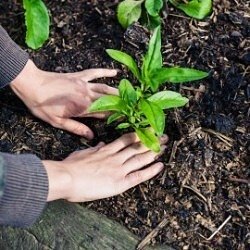
Plant & lawn care essentials
Shop mulch, compost, lawn fertilisers, plant feed and much more.SHOP HERE
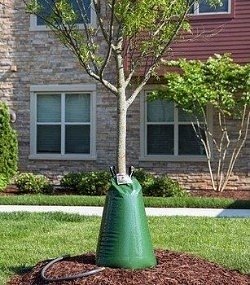
Tree care essentials
Give your trees the best possible start in life with our professional tree care essentials.SHOP TREE CARE PRODUCTS
Comments (0)
Why not be the first to send us your thoughts?

